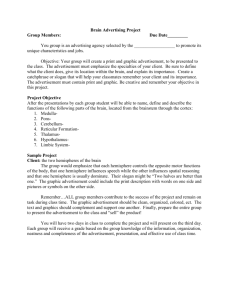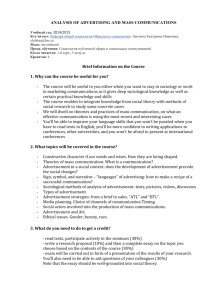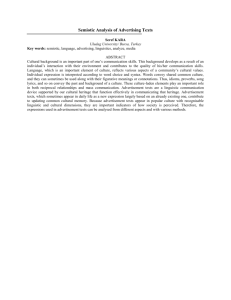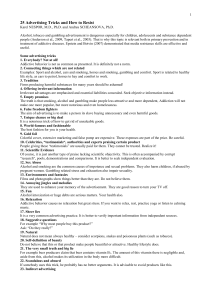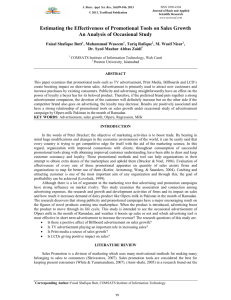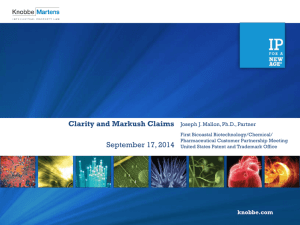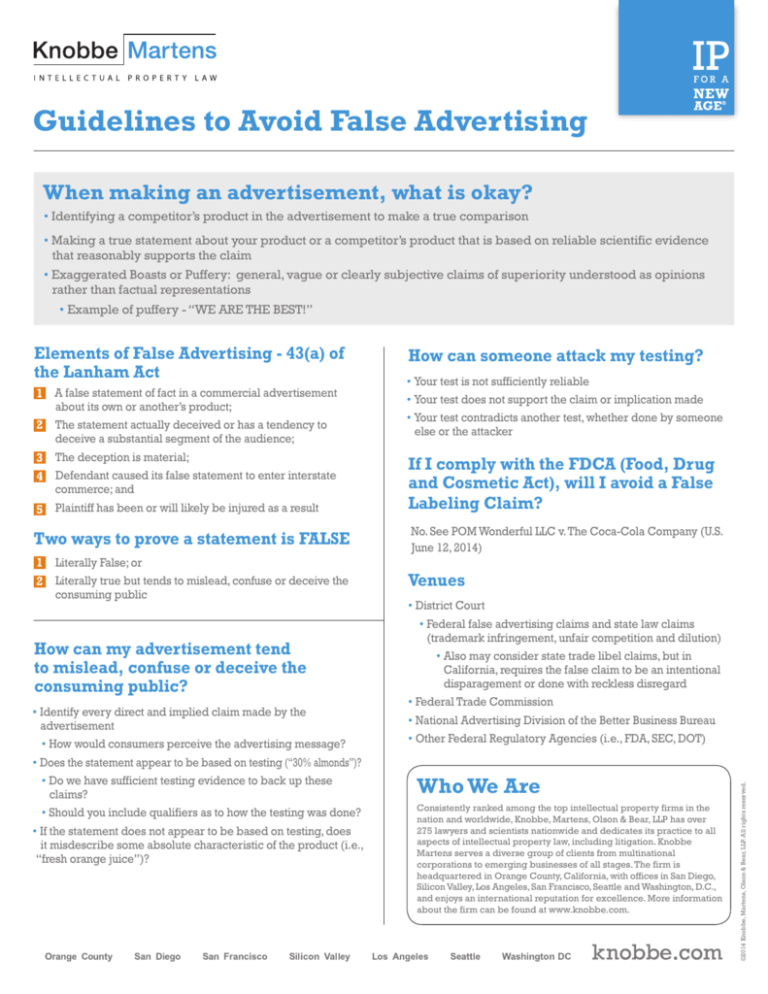
Guidelines to Avoid False Advertising
When making an advertisement, what is okay?
• Identifying a competitor’s product in the advertisement to make a true comparison
•M
aking a true statement about your product or a competitor’s product that is based on reliable scientific evidence
that reasonably supports the claim
•E
xaggerated Boasts or Puffery: general, vague or clearly subjective claims of superiority understood as opinions
rather than factual representations
• Example of puffery - “WE ARE THE BEST!”
1 A false statement of fact in a commercial advertisement
about its own or another’s product;
2 The statement actually deceived or has a tendency to
deceive a substantial segment of the audience;
3 The deception is material;
4 Defendant caused its false statement to enter interstate
commerce; and
5 Plaintiff has been or will likely be injured as a result
Two ways to prove a statement is FALSE
1
2
Literally False; or
Literally true but tends to mislead, confuse or deceive the
consuming public
How can my advertisement tend
to mislead, confuse or deceive the
consuming public?
• Identify every direct and implied claim made by the
advertisement
• How would consumers perceive the advertising message?
• Does the statement appear to be based on testing (“30% almonds”)?
•D
o we have sufficient testing evidence to back up these
claims?
• Should you include qualifiers as to how the testing was done?
• If the statement does not appear to be based on testing, does
it misdescribe some absolute characteristic of the product (i.e.,
“fresh orange juice”)?
How can someone attack my testing?
• Your test is not sufficiently reliable
• Your test does not support the claim or implication made
• Your test contradicts another test, whether done by someone
else or the attacker
If I comply with the FDCA (Food, Drug
and Cosmetic Act), will I avoid a False
Labeling Claim?
N
o. See POM Wonderful LLC v. The Coca-Cola Company (U.S.
June 12, 2014)
Venues
• District Court
• Federal false advertising claims and state law claims
(trademark infringement, unfair competition and dilution)
• Also may consider state trade libel claims, but in
California, requires the false claim to be an intentional
disparagement or done with reckless disregard
• Federal Trade Commission
• National Advertising Division of the Better Business Bureau
• Other Federal Regulatory Agencies (i.e., FDA, SEC, DOT)
Who We Are
Consistently ranked among the top intellectual property firms in the
nation and worldwide, Knobbe, Martens, Olson & Bear, LLP has over
275 lawyers and scientists nationwide and dedicates its practice to all
aspects of intellectual property law, including litigation. Knobbe
Martens serves a diverse group of clients from multinational
corporations to emerging businesses of all stages. The firm is
headquartered in Orange County, California, with offices in San Diego,
Silicon Valley, Los Angeles, San Francisco, Seattle and Washington, D.C.,
and enjoys an international reputation for excellence. More information
about the firm can be found at www.knobbe.com.
©2014 Knobbe, Martens, Olson & Bear, LLP. All rights reserved.
Elements of False Advertising - 43(a) of
the Lanham Act





